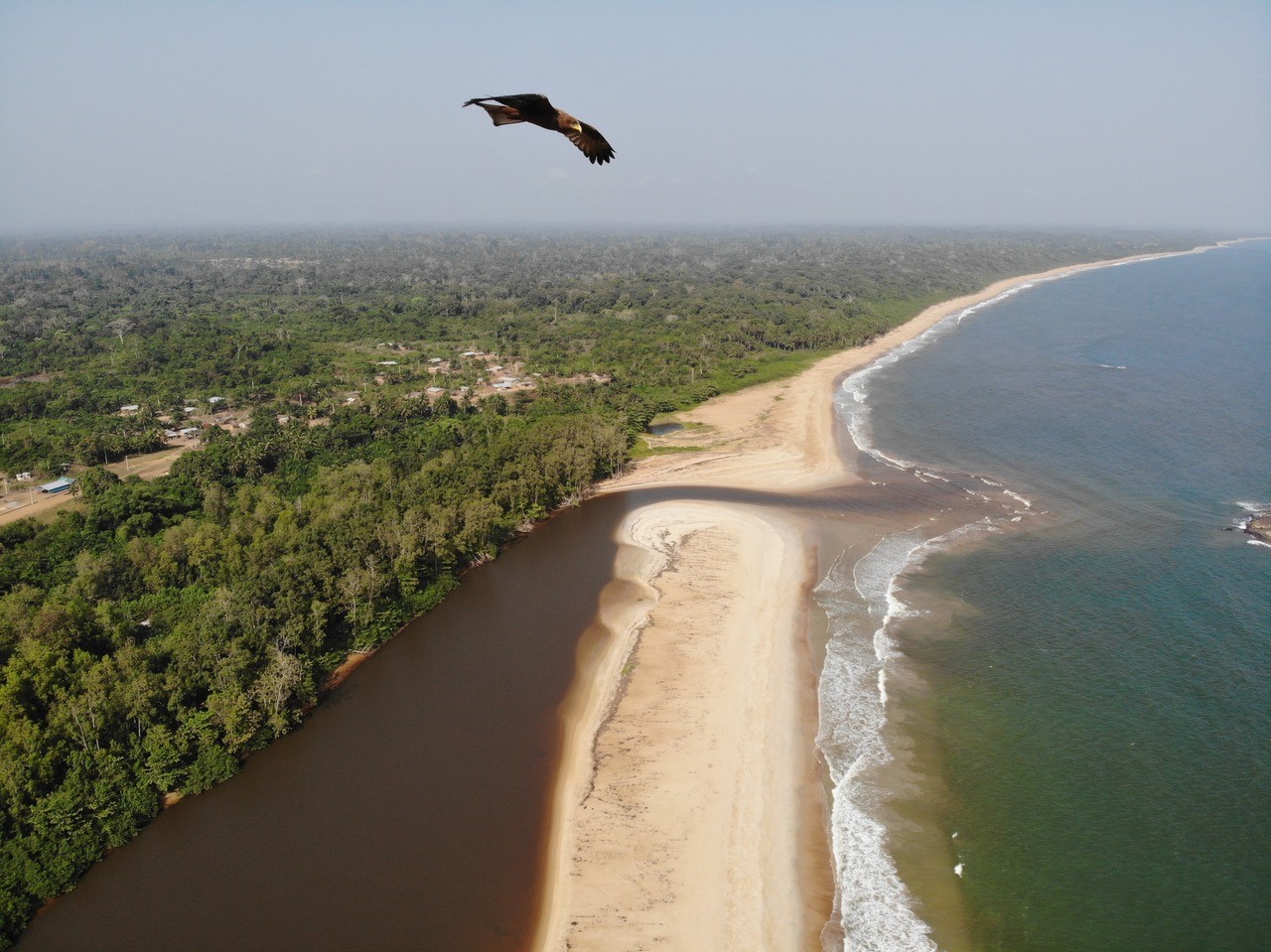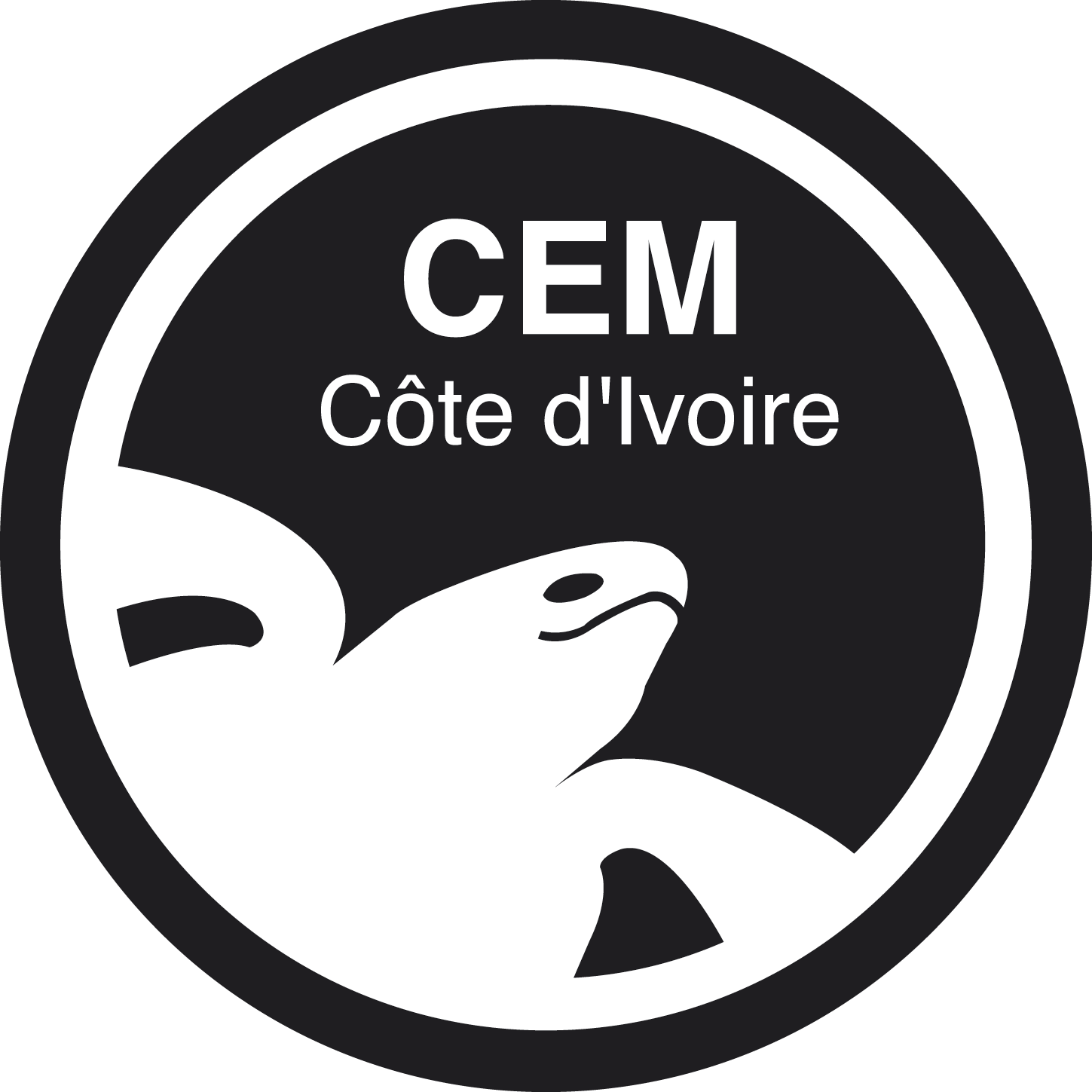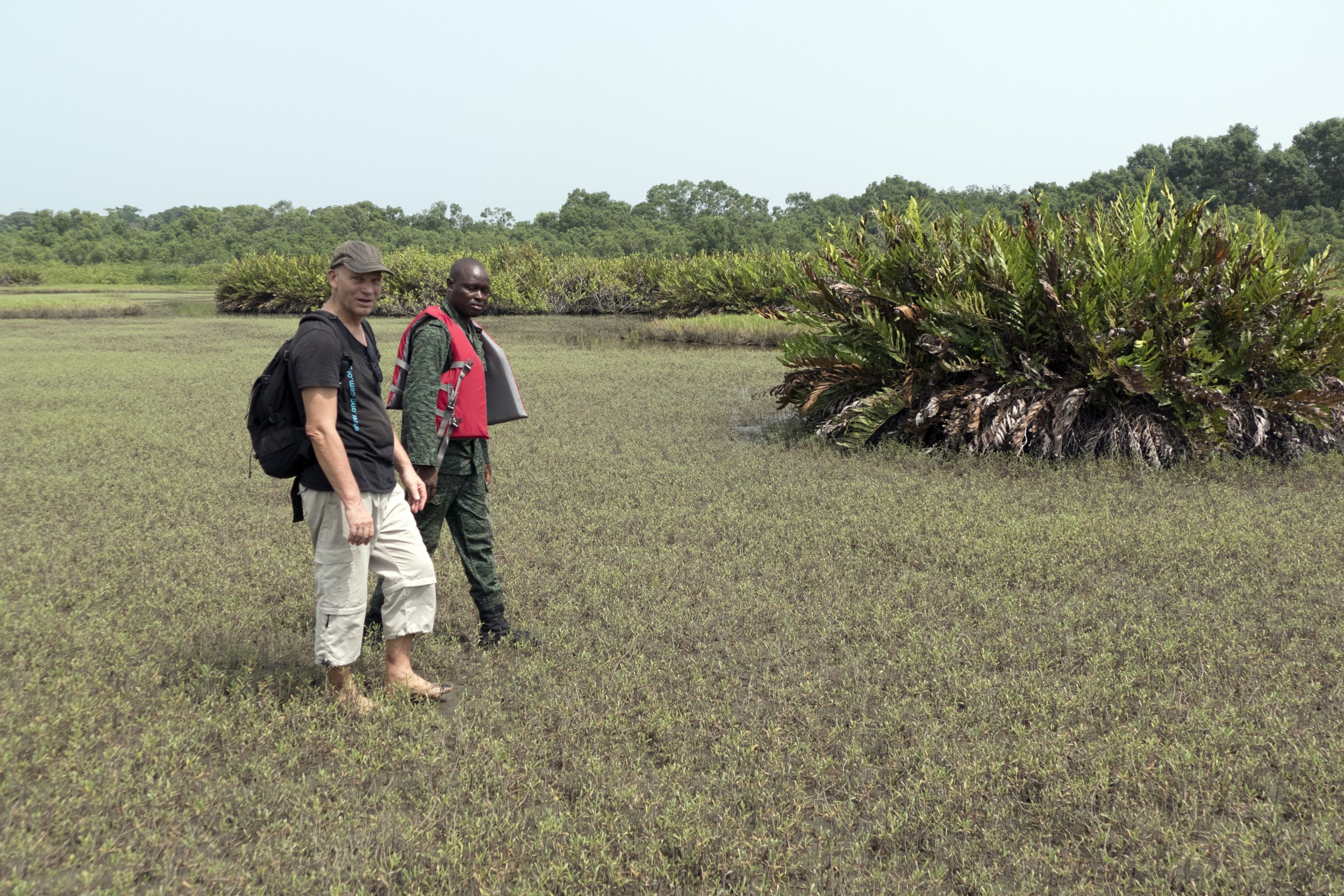Encouraging news reached us from Côte d’Ivoire. Our partner organization in the country, CEM, forwarded us a French press release of the Secretariat of the Abidjan Convention. It says that the Council of Ministers of the Côte d’Ivoire government approved the plan for five marine protected areas (MPAs) along its coast (see below our English translation of the press release). This relates, among other, to the work of our sadly much too soon deceased member and CEM project supporter, Olaf Grell , in particular as it was pointed out that Grand Béréby will be the first MPA in the row to be established, probably before the end of this year.
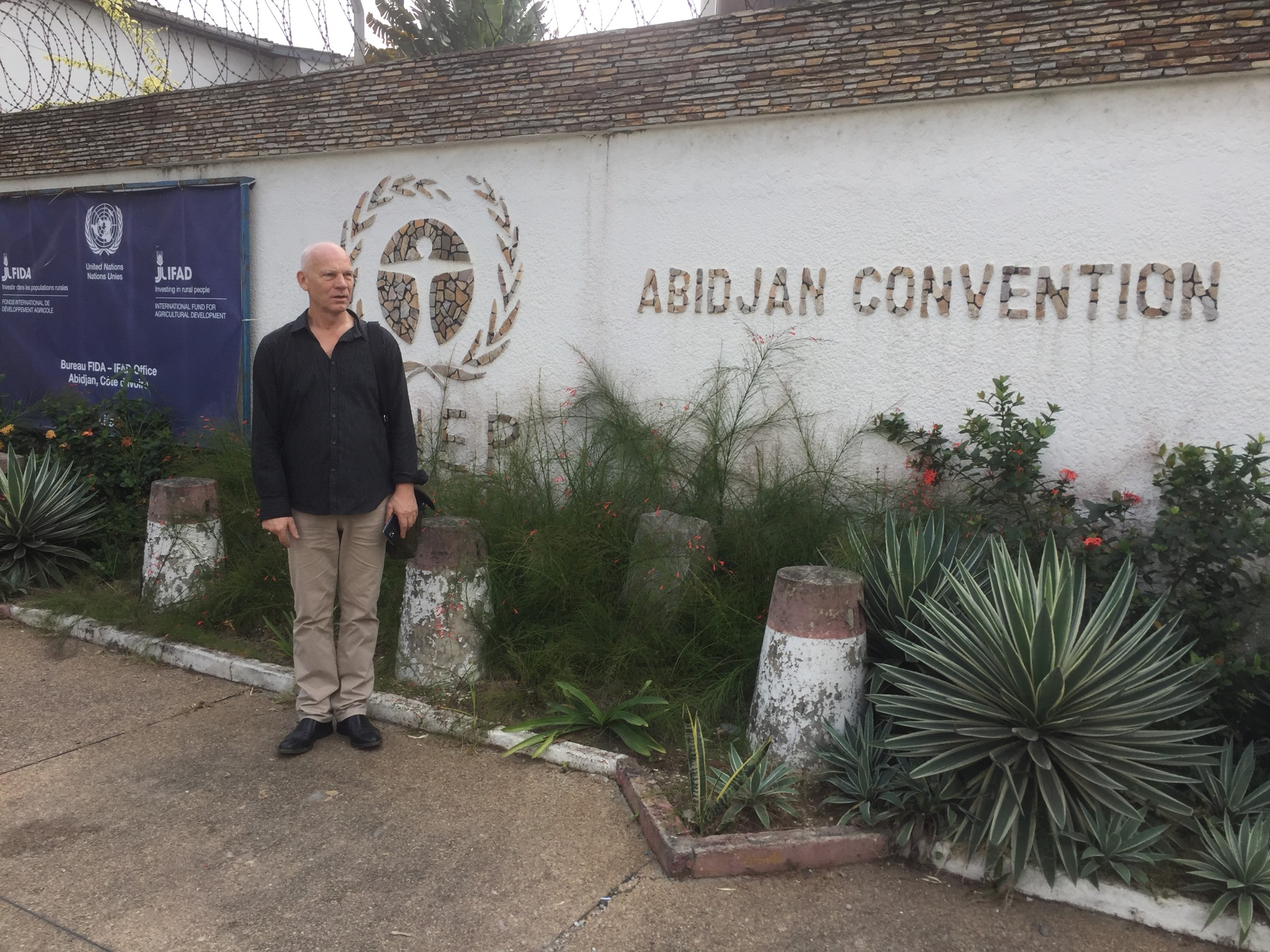
Olaf Grell 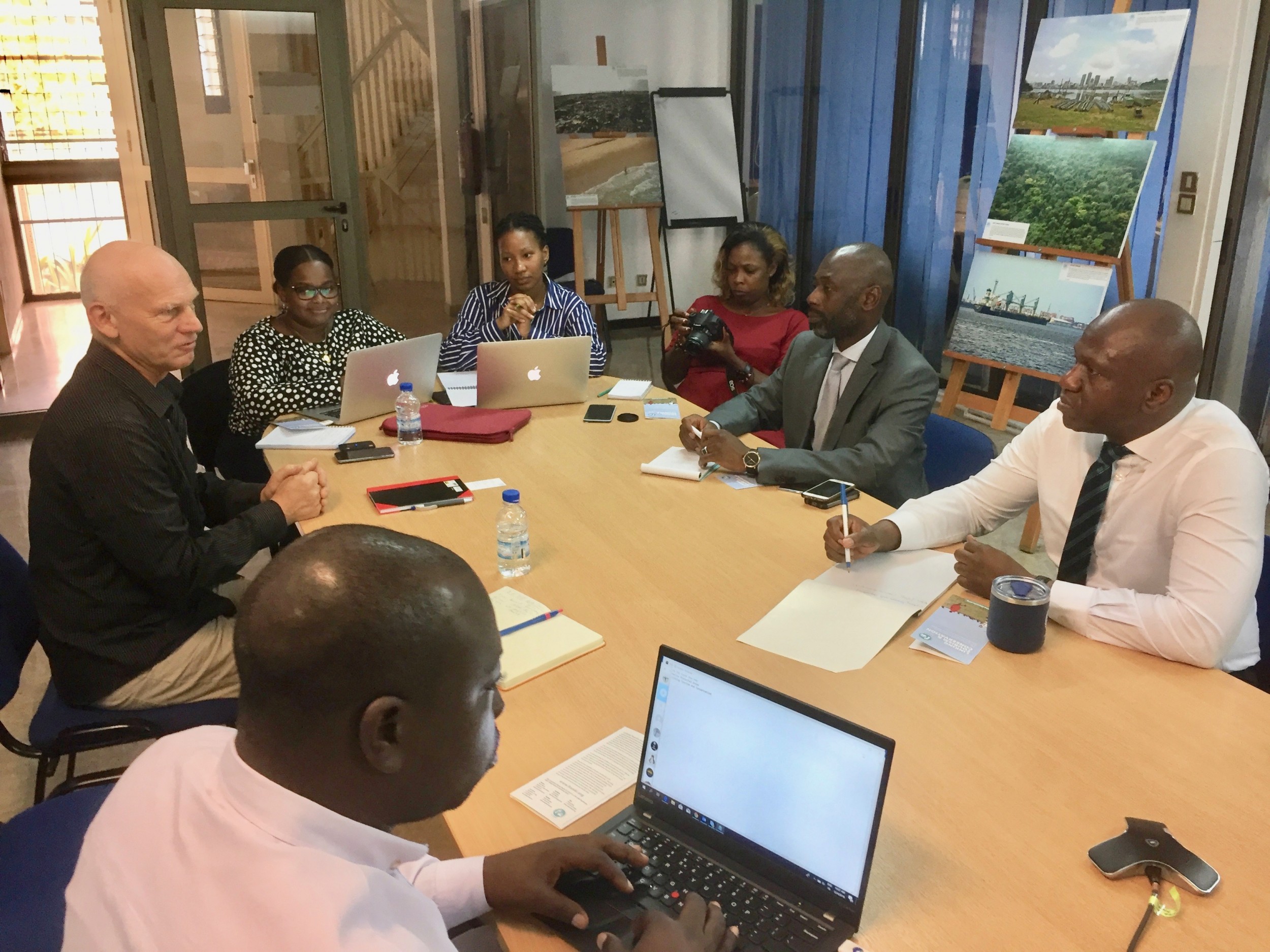
Discussion in the Secretariat of the Abidjan Convention in December 2018
When we visited the country in December 2018, we understood that the UN secretariat of the Abidjan Convention (which belongs to UNEP) was assisting the Côte d’Ivoire government by facilitating a national committee as well as international supporters for the establishment of MPAs. The final decision and the implementation of the plan are in the hands of the Côte d’Ivoire government with its Ministry of Environment and Sustainable Development and related agencies. Several governmental and non-governmental organisations and agencies have already been involved in the various areas planned for becoming an MPA. After the formal establishment of these parks, it will be quite important that all these agencies, NGOs and the local communities will work well together and complement each other to achieve more than just „paper parks“. From the perspectives of LT&C, we are interested to see whether tourism can be a positive and long term supporting factor and whether Grand Béréby can become the first LT&C-Example in the country.
For Grand Béréby on a practical level and in direct contact with the local people in the Bas-Sassandra district, representatives of the 2014 established non-profit organisation “Conservation des espèces marines”, (CEM), started acting in the area already in the 1990s, following the discovery of nesting turtles on beaches of the Ivorian south-west coast. At that time, local communities were involved in poaching and in collecting eggs for consumption or sale without understanding how vulnerable those species are, nor the importance of those nesting sites for the life cycle of turtles. CEM, therefore, started working with these communities to protect turtles and their habitat while providing support for local sustainable development in harmony with the environment. This work will be even more critical once the MPA is formally established.
For further reading (in German) the last report from Olaf Grell: Meeresschutzgebiet Bericht 2018-2. And the French version of the report.
And here our English translation of the press release of the Abidjan Convention:
Abidjan, September 23, 2020 – The Abidjan Convention and its partners welcome the adoption by the Council of Ministers this Wednesday, September 23, under the auspices of the Ministry of Environment and Sustainable Development, in liaison with the Ministry of Territorial Administration and Decentralization, the Ministry of Water and Forestry, the Ministry of Animal and Fishery Resources, the Ministry of Economy and Finance, the Ministry of Tourism and Leisure and the Ministry in charge of Maritime Affairs, for the communication relating to the project for the creation of five (05) marine protected areas in Côte d’Ivoire: (i) the mouth of the Cavally River between Côte d’Ivoire and Liberia (ii) Grand-Bereby (iii) Azagny National Park (iv) the Côte d’Ivoire-Ghana transboundary coastal zone and (v) the Dassioko classified forest in the Grand-Lahou region.
This result is the culmination of more than 7 years of work initiated by the Abidjan Convention and its partners for the creation of Marine Protected Areas (MPAs) for the first time in the history of Côte d’Ivoire. The creation of these MPAs responds to objectives 6 and 11 of the Aîchi objectives of the Strategic Plan of the United Nations Convention on Biological Diversity 2011-2020 which call for the strengthening of conservation measures for fisheries resources through the establishment of networks of Marine Protected Areas as privileged instruments for the sustainable management of marine and coastal ecosystems. These same objectives require Member States to designate at least 10% of their coastline as marine protected areas.
The identification of these 5 sites responds to a desire to ensure that each region located on the Ivorian coastline has at least one marine protected area and especially to create appropriate and peaceful conditions for a shared management of marine and coastal resources located at the maritime borders between Côte d’Ivoire and its neighbors Liberia and Ghana.
The Abidjan Convention thanks its technical and financial partners, in particular the Swedish and German governments, as well as the Ministry of Environment of Côte d’Ivoire for their contribution to the realization of this first phase of the project. It is planned to finalize the creation of the Grand-Bereby MPA as the very first marine protected area in the history of Côte d’Ivoire by the end of 2020.
All of these Marine Protected Areas will have management plans to help unlock the economic potential of Côte d’Ivoire’s coastline as well as the creation and distribution of wealth within the communities in the sectors of fishing, agriculture, tourism, renewable energy, port activities, etc.
Contacts:
Mr. Ariel Medrid – 07113321 – ariel.medrid@un.org
Miss Vanessa Ahouadjiro – 57365840 – vanessa.ahouadjiro@un.org
Note to editors: The Convention for Cooperation in the Protection, Management and Development of the Marine Environment and Coastal Areas of the Atlantic Coast and the West, Central and Southern Africa Region – Abidjan Convention is a Regional Seas Programme of the United Nations Environment Programme. It provides the overall legal framework for any programme related to the marine and coastal environment and marine resources of the Atlantic slope of Africa.
A marine protected area is: „A clearly defined geographical space, recognized, dedicated and managed, by any effective means, legal or otherwise, to ensure the long-term conservation of nature and the ecosystem services and social and historical-cultural values associated with it“. In other words, a Marine Protected Area (MPA) is a marine area (coastal and offshore) that is established to protect the natural, cultural, social and economic resources of a particular place.
Translated with www.DeepL.com/Translator (free version)

